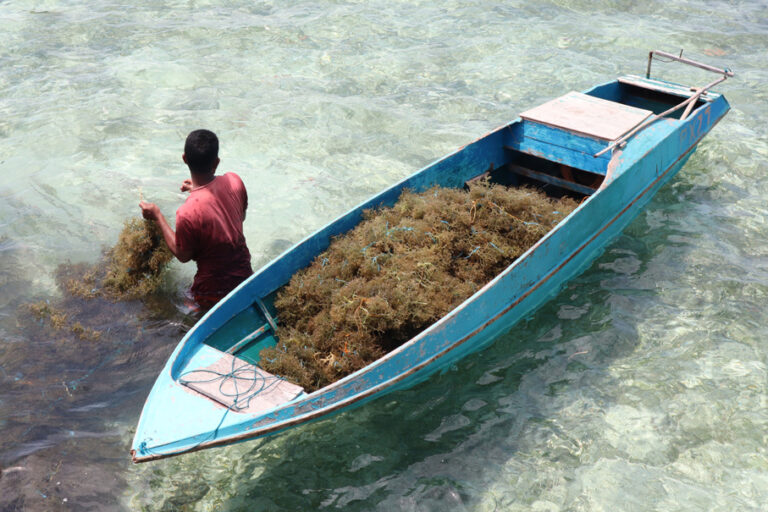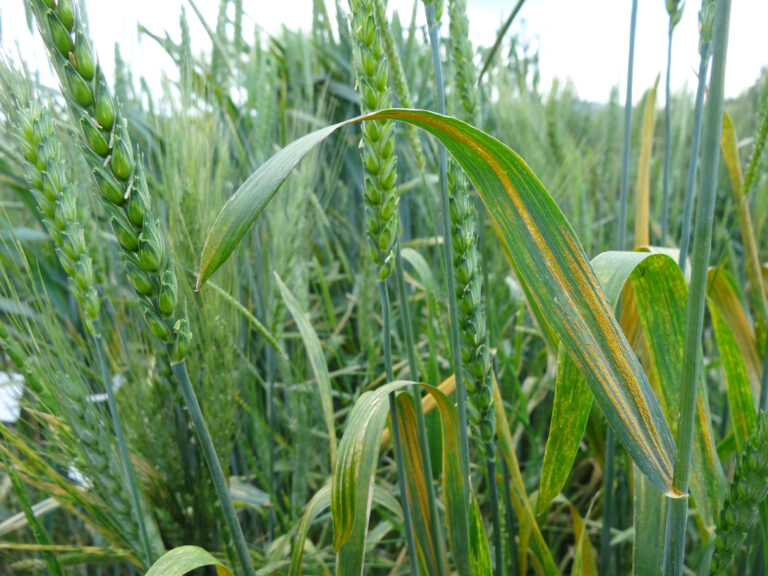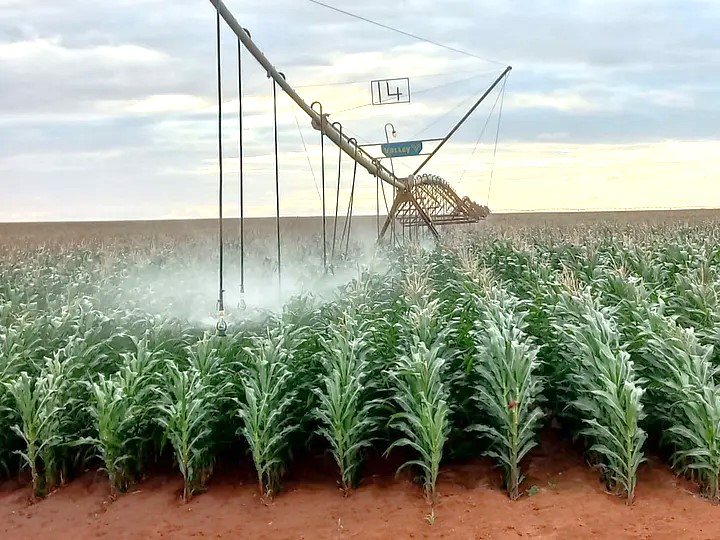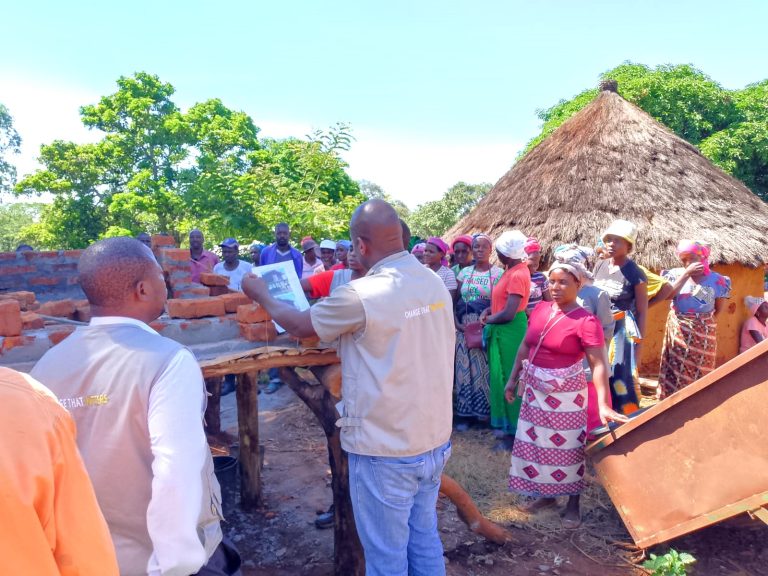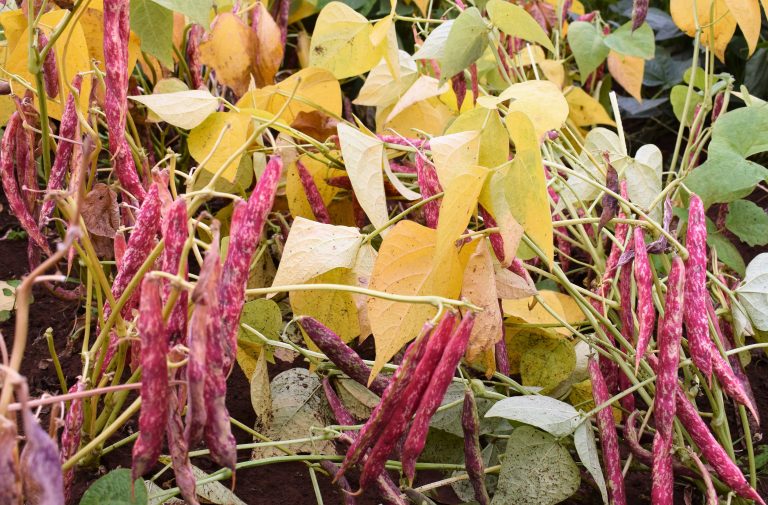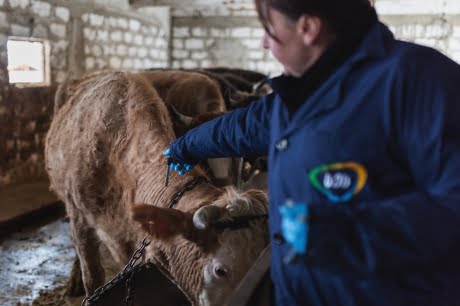Shortage of control pesticides for ground and aerial control the main challenge
Mature adult locust swarms sightings have been reported in over 26 Counties in varying intensities in Kenya. The locust swarms started crossing the border into Kenya on 28th December, 2019 from Ethiopia and Somalia. They have been sighted in Samburu, Isiolo, Marsabit, Mandera, Kitui, Tharaka Nithi, Garissa, Laikipia, Wajir, Embu, Turkana, Baringo, Kajiado, Tana River, Machakos, Elgeiyo Marakwet, Uasin Gishu, Kirinyaga, Meru, Nakuru, Murang’a, Nyeri, Trans Nzoia and Bungoma. This is according to Agriculture CS peter Munya who says the country is continuing to fight the worst desert locust invasion in 70 years.

“So far we can say that there has been minimal impact due to the abundant vegetation. Also the locusts arrived when we were done with the harvests in all invaded areas. Despite these initial observations, FAO has recruited teams of consultants to undertake a professional impact assessment. The results should be out in 3 weeks. The findings from that assessment will enable the Government and development partners to identify mitigation measures to support affected communities. So we urge all to be patient and not to rush to make sweeping statements without facts,” says Munya.
The Ministry has worked with Counties, The Desert Locust Control Organisation of East Africa, FAO and local communities, to track, map and control the locusts. They have been able to identify breeding sites in the affected Counties. Hatching hoppers have been sighted in Samburu-134, Isiolo-28, Tharaka Nithi-16, Kitui-14, Turkana-4, Marsabit-3, Garissa-2 and Embu.
“Due to the remoteness and the problem of insecurity in some of the counties, there could be under-reporting and we urge counties and communities to continue monitoring and reporting, especially in Garissa, Mandera, Wajir, Marsabit, Turkana, Laikipia and Isiolo. Part of the reason why we called this briefing today is to ensure that our efforts are aligned and we recommit to the fight to tame the locusts at all levels,” says Munya.
The CS says since the invasion began they have tried to contain the invasion, limit their spread and minimize their impact on pasture and crops. “The invasion, multiplication and spread of the Desert Locust is a great threat to food security and community livelihoods. A swarm of half a million locusts weighing about 1Mt can consume about 1Mt of food in a day, enough to feed 2,500 people. The invasion in northern Kenya is particularly of great concern since the region was recovering from a prolonged drought. We are making every effort to prevent the worst case scenario from evolving before our eyes,” opines the CS.
Munya has outlined the efforts the
Government has taken to contain the desert locusts. He says In Phase I of the
Campaign, the Ministry of Agriculture, Livestock, Fisheries and Cooperatives,
in collaboration with other stakeholders, deployed 4 spray aircrafts and 4
surveillance aircrafts in Wajir, Isiolo, Marsabit and Masinga. These aircrafts
have for the last two months undertaken aerial surveillance and control of
locust swarms in the affected regions. A total of about 26,995 litres of
control pesticides have been procured and distributed for use for controlling
the Desert Locust in the affected areas.
Assorted control equipment were also distributed to the affected Counties:
• 3 Kenya army land rovers for ground control
• 5 Vehicle mounted sprayers used by the army land rovers
• 42 Motorized sprayers
• 190 hand held ULV sprayers
• 700 Personal protective equipment (PPEs)
• 700 Knapsack sprayers
The Ministry also undertook
rapid capacity building through a team of experts deployed to the affected area
to train and mobilize the County extension teams to support the locusts control
efforts. A total of 240 extension officers from the affected Counties have so
far been trained.
From the start the engagement has been a collaborative effort of both levels of
Government, the KDF, KWS, KFS, and International as well as Regional partners
and organizations.
In Phase II Interventions, the swarms of locusts invading from neighboring countries tapered off in mid-February. Together with other partners, the government started preparing for the second phase, which were ground operations aimed at locating, tagging and monitoring breeding sites for the locusts. This reduced the intensity of aerial operations from the 8 aircrafts to only 5 active aircrafts.
The CS says they have continued to receive and distribute pesticides but admits that this has proven the greatest challenge. They are expecting more pesticides from FAO in the next few days as they also seek more support from partners. “At this juncture I would like to report that the World Bank has approved Ksh 1.4 Billion to support the efforts. This will be drawn from the Emergency component of the Kenya Climate Smart Agriculture Project (KSCAP). The African Development Bank through the Drought Resilience and Livelihood Support Program (DRSLP) has also pledged another Ksh 500 million towards chemicals,” reveals Munya.
To strengthen ground operations the Ministry and its partners have also:
• Identified, trained and deployed for locust ground control operation 500
National Youth Servicemen.
• The Ministry together with FAO is training 50 local youth from Garissa and 50
local Youth from Mandera this week in Kitui at KEPHIS station beginning 8th up
to 14th March 2020.
• The Ministry together with FAO will train 30 Trainer of Trainers (ToTs) from
16th to 21st March 2020, who will then train 900 local operation teams in the
respective affected Counties from 23rd to 25th March 2020, who will be
responsible for the actual ground surveillance and control activities and
providing data to the control bases..
Munya says fighting desert locusts requires a multipronged approach involving various institutions and stakeholders saying they have been working as a multiagency team drawn from the Ministry, Council of Governors, Universities and Research Institutes, FAO, KEPHIS, KALRO, CABI and the DLCO-EA.
Phase III of the Campaign will be geared towards preventing hopper bands from forming
into new swarms. There will also be a lookout for new young swarms from Somalia
flying into Mandera, Wajir, Marsabit, Samburu and Turkana to be targeted with
aerial spraying.
Currently, the government is working with FAO to firm up the 6 operational
bases in Wajir, Garissa, Masinga, Turkana and Marsabit. There are also plans to
raise the number of aircrafts to 20 subject to availability of resources will
allow. They will also procure more ground control vehicles, protective
clothing, GPSs and Radio Communication for ground control operations. An estimated
100,000 litres addition of assorted chemicals will also be needed to sustain an
effective campaign.
The main challenge according to the CS remains shortage of control pesticides for ground and aerial control in the country coupled with the slow process of importation. “We are also working to make sure that there is an adequate budget from GOK and Development partners to support the operations and we are making the best effort to have enough boots on the ground. We implore upon counties to sensitize communities on the ground to continue sending us information on roosting or egg-laying sites, the emergence of hatchlings and pass on through their County Governments any other information that will help us to overcome the desert locusts,” he s




